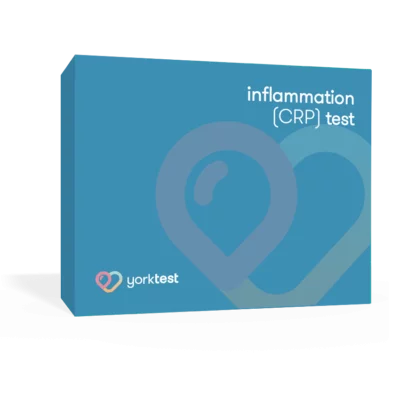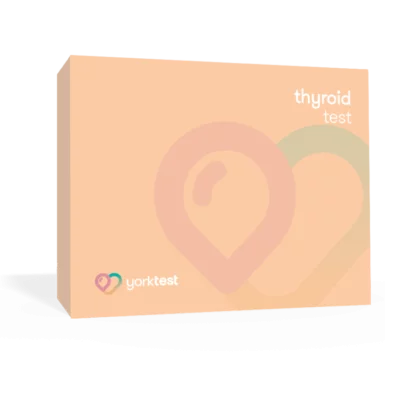
What Foods To Avoid If You Are Lactose Intolerant
- Cheese
- Milk
- Cream
- Butter
- Yoghurt
- Milk Powder
- Lactose Intolerant Alternatives
- Cheese Alternatives
- Milk Alternatives
- Cream & Spreads Alternatives
- Butter Alternatives
- Yoghurt Alternatives
- What Does Lactose Free Mean?
- Can You Develop Lactose Intolerance Over Time?
- Is Lactose-Free The Same As Dairy-Free?
- Other Helpful Tips
- Read Labels Carefully
- Be Wary of Sources of Lactose
- Better to Be Safe Than Sorry
In the UK, around 8% to 10% of older children and adults are estimated to have lactose intolerance: that’s roughly one in every ten people. In simple terms, this means their bodies struggle to digest lactose, the natural sugar found in milk and other dairy products.
Lactose intolerance is surprisingly common, particularly in certain parts of the world such as East Asia, where a large portion of the population experiences symptoms. Fortunately, with awareness on the rise, there’s now a wide variety of lactose-free alternatives available.
But what exactly should you avoid if you’re lactose intolerant? In this blog, we break down some of the most common foods that may trigger symptoms, and offer easy, tasty alternatives to enjoy instead.
Cheese
Cheese is one of the most popular foods, whether it is sprinkled over a pasta dish, paired with ham for breakfast or enjoyed alongside wine. However, not everyone can enjoy a tasty bit of cheddar; cheese is a lactose heavy food to avoid, especially soft cheese such as cream cheese, cottage cheese, mozzarella and ricotta.
While hard cheeses, such as Parmesan, Swiss, and cheddar, may be easier to digest because most of the lactose has been eliminated already, caution should still be taken when consuming cheese with lactose intolerance.
Milk
Milk contains the most lactose out of all the dairy products, so it comes as no surprise that it should be avoided by those with lactose intolerance. Whole milk contains around 13 grams of lactose per serving. Skimmed milk is not any better, containing around 12 to 13 grams. However, avoiding milk may be easier said than done, as not only will you have to avoid milk in your morning cup of coffee, but milk is also a common ingredient in foods like baked goods, salad dressing, and more.
Cream
Cream is another food that falls into the category of high-risk foods for those with lactose intolerance. Cream and foods made from cream, such as ice cream and custard, should be avoided entirely due to their high lactose content.
Butter
While not as bad as the previously mentioned foods, butter should ideally be avoided by those with lactose intolerance. Butter is a commonly used food for things like cooking and is spread on bread or toast. While the butter may be OK for most people, as it has comparably low amounts of lactose, some individuals prefer to avoid it, especially if they are highly sensitive. If you do eat butter with a lactose intolerance, you should only do so in small quantities.
Yoghurt
Yoghurt is another food that can sometimes be enjoyed by those with a lactose intolerance, but only in moderation. As lactose is generally broken down, small amounts of yoghurt can be tolerated, but as with any food containing lactose, caution is always advised.
Milk Powder
It may come as no surprise to learn that powdered milk, or milk powder, should also be avoided by those with lactose intolerance. Milk powder is a form of dried milk, so like regular milk, it contains a high amount of lactose.
Lactose Intolerant Alternatives
Some of the most common lactose-intolerant alternative foods include:
Cheese Alternatives
- Lactose-free cheese (e.g. lactose-free cheddar, mozzarella)
- Aged hard cheeses (like Parmesan, Swiss, and mature cheddar – naturally low in lactose, but caution is still advised.)
- Vegan cheese (made from nuts, soy, or coconut)
Milk Alternatives
- Oat milk
- Almond milk
- Soy milk
- Rice milk
- Coconut milk
- Lactose-free cow’s milk
- Hemp milk
- Cashew milk
- Lactose-free cream
- Coconut cream
- Soy or oat-based cream
- Nut butters (e.g. almond, peanut)
- Hummus or avocado as a savoury spread
Butter Alternatives
- Plant-based margarine
- Olive oil or avocado oil (for cooking)
- Coconut oil
- Ghee (clarified butter – often tolerated because it’s low in lactose, but again, caution is always advised)
Yoghurt Alternatives
- Coconut yoghurt
- Almond yoghurt
- Soy yoghurt
- Oat yoghurt
- Lactose-free dairy yoghurt
What Does Lactose Free Mean?
If a food or beverage is ‘lactose-free’, it simply means that it has had lactose, the type of sugar found in milk, either removed or broken down. This makes it suitable for those with lactose intolerance.
Can You Develop Lactose Intolerance Over Time?
Yes, not only can you develop lactose intolerance, but developing it is actually quite common. Around 65–70% of the global population is affected by lactose intolerance, which is largely due to many people developing the condition over time.
Most people are born with the ability to digest lactose. However, for many individuals over time, the production of lactase (the enzyme that breaks down lactose) naturally decreases with age. This is known as lactase non-persistence. Others may develop it due to intestinal damage or illness. This is called secondary lactose intolerance, which is common with age.
Is Lactose-Free The Same As Dairy-Free?
In short, no, lactose-free and dairy-free are not the same thing. Lactose-free products still contain dairy; they have simply had the lactose (the sugar in the milk) removed. This is what makes them safe for those with lactose intolerance. Dairy-free products, on the other hand, contain no dairy ingredients at all, meaning they are made from a plant-based source.
Other Helpful Tips
Read Labels Carefully
If you have an allergy or intolerance, you should always err on the side of caution. Read the ingredients carefully, including the ingredients that are not highlighted, just to be safe.
Be Wary of Sources of Lactose
Lactose can sometimes be added to many different foods and even some medications, so you should always be aware of hidden lactose sources.
Better to Be Safe Than Sorry
It is always better to be cautious when it comes to your health and diet. So, if you are unsure about a food, you should avoid it.
If you think you may have an intolerance or allergy, then why not try one of our at-home tests? We test and provide results within 7 days, and our expert team helps you every step of the way. We take great pride in helping you lead a better and more fulfilling life. We also have a multitude of other health test kits, so no matter your condition, we will have something to help you out. So, why not contact us today?Â









